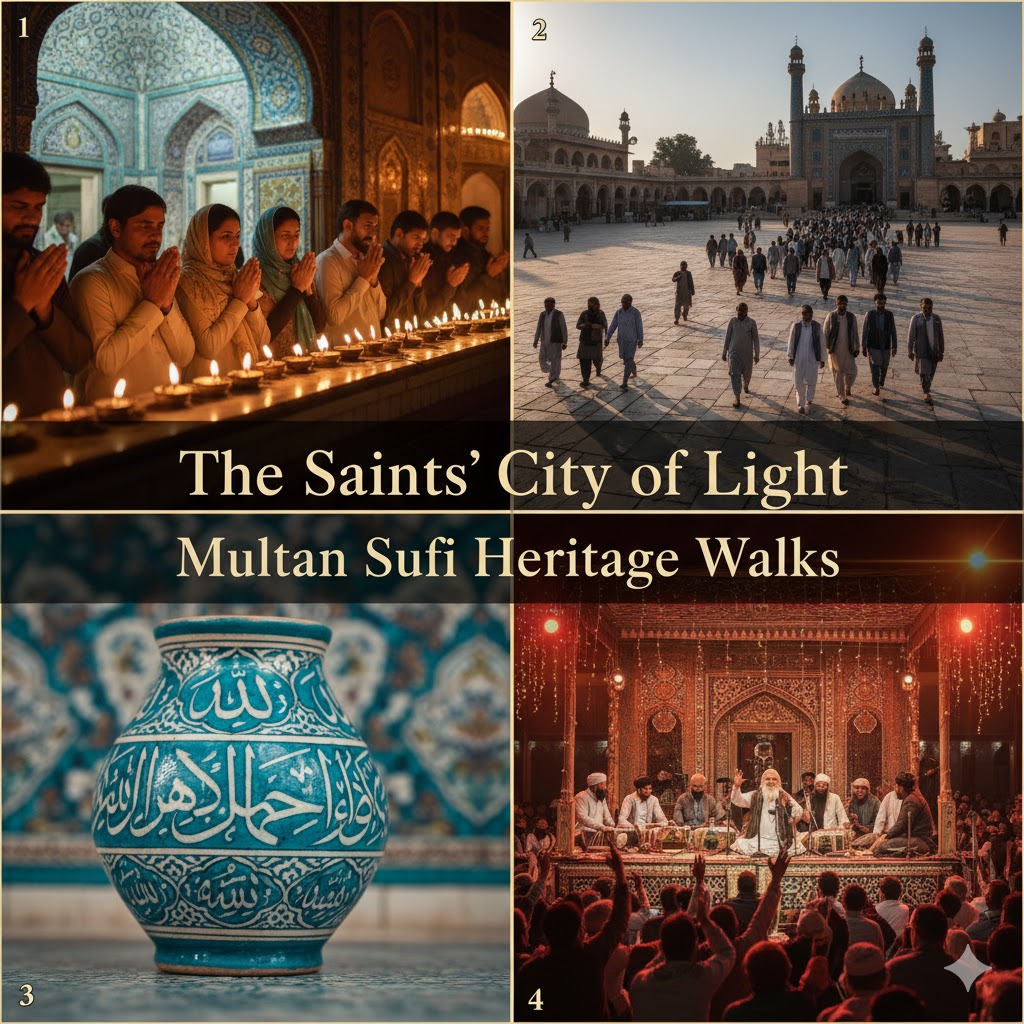Journey into Multan Sufi Heritage Walks
Introduction: Where Faith Meets Timelessness
Multan, known as the City of Saints, is one of the world’s oldest living cities — a spiritual beacon that has guided seekers, poets, and travelers for centuries. Its skyline, adorned with turquoise domes, whispers the legacy of saints like Shah Rukn-e-Alam, Bahauddin Zakariya, and Shams Tabrez.
Each street of Multan tells a story of devotion, art, and mysticism — making the Sufi Heritage Walks a transformative journey through living history.
Visitors to Multan are not merely tourists; they become participants in a timeless rhythm of qawwalis, shrines, and hospitality, where Sufism is not confined to walls but flows through daily life.
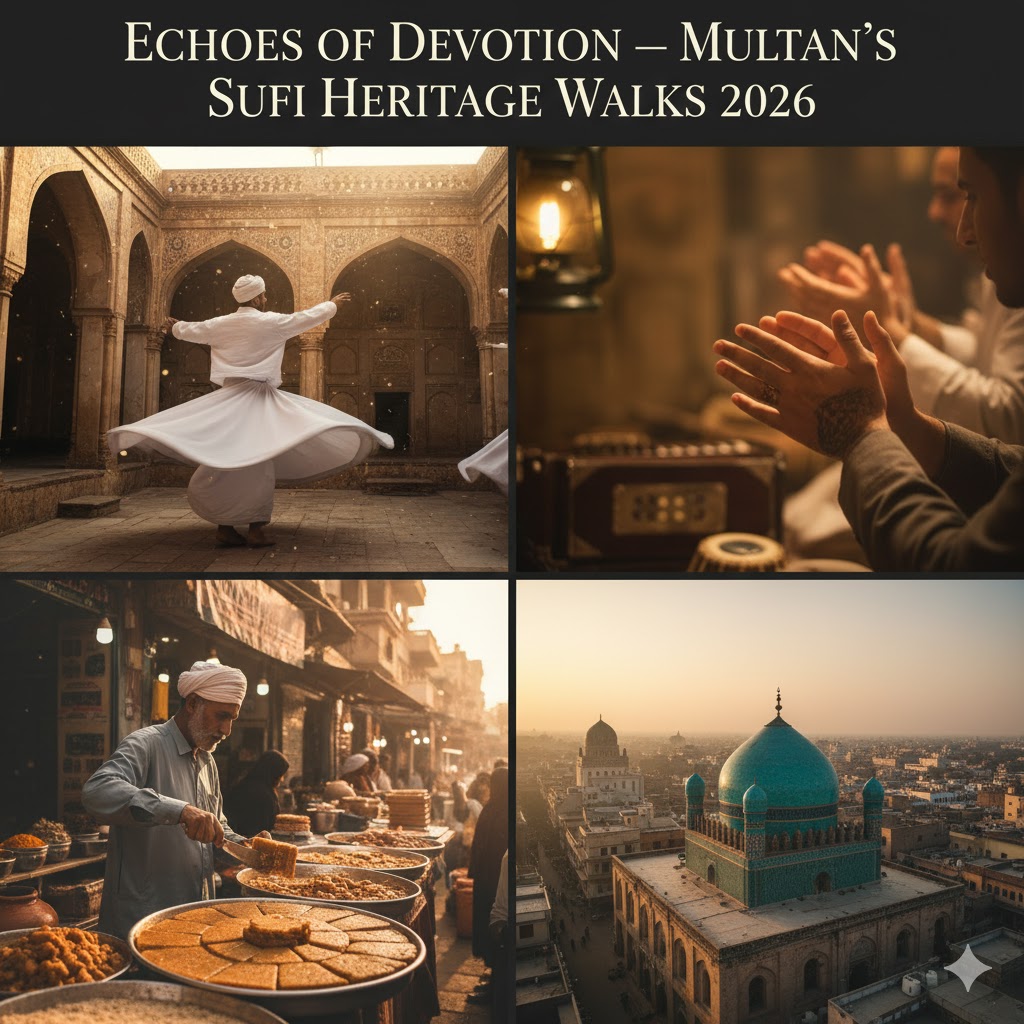
1. Shrine of Shah Rukn-e-Alam – The Spiritual Crown of Multan
Dominating the city’s skyline, the Shrine of Shah Rukn-e-Alam stands atop the ancient Fort of Multan, its majestic dome visible from miles away. Built between 1320 and 1324, this masterpiece of Tughlaq architecture is revered as the city’s spiritual nucleus.
Cultural Origin: Shah Rukn-e-Alam, a descendant of Sheikh Bahauddin Zakariya, spread the message of divine love and unity through compassion and wisdom.
Architectural Highlights: Octagonal structure, glazed blue tiles, geometric carvings, and latticed windows that filter light poetically.
Hidden Gem: Local caretakers often narrate stories of miracles and legends passed through generations.
Local Tips: Visit early morning or sunset for less crowd and golden-hued photography.
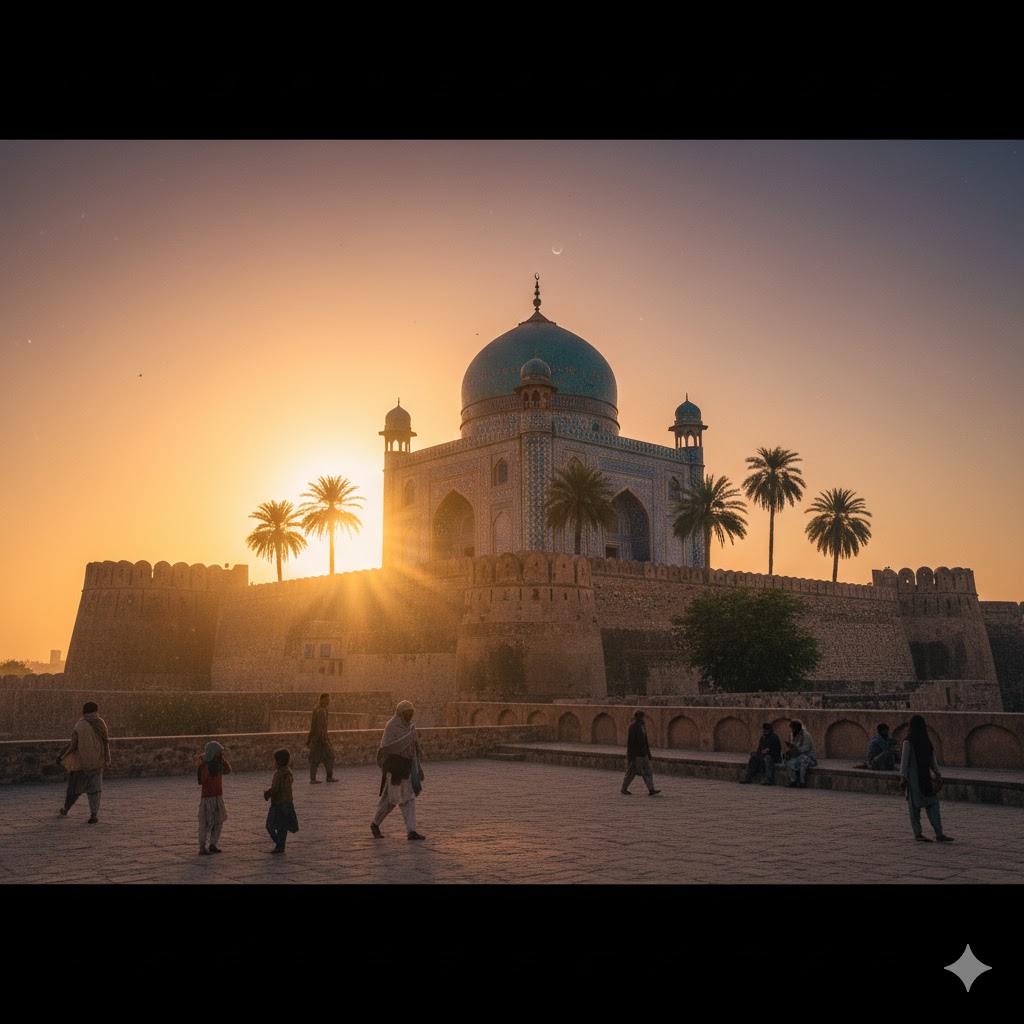
2. Shrine of Bahauddin Zakariya – The Scholar Saint
A few minutes’ walk from the fort lies the Mausoleum of Sheikh Bahauddin Zakariya, the founder of the Suhrawardiyya Sufi order in South Asia. His teachings emphasized peace, humility, and service to humanity, forming the philosophical foundation of Multan’s spiritual identity.
Highlights: Blend of Multani and Central Asian styles, delicate blue tile mosaics, and intricate calligraphy panels.
Cultural Note: The annual Urs festival draws thousands of devotees, filling the city with qawwali nights and rhythmic devotion.
Hidden Gem: Small stalls outside sell handcrafted tasbeeh (prayer beads) made from rosewood and camel bone.
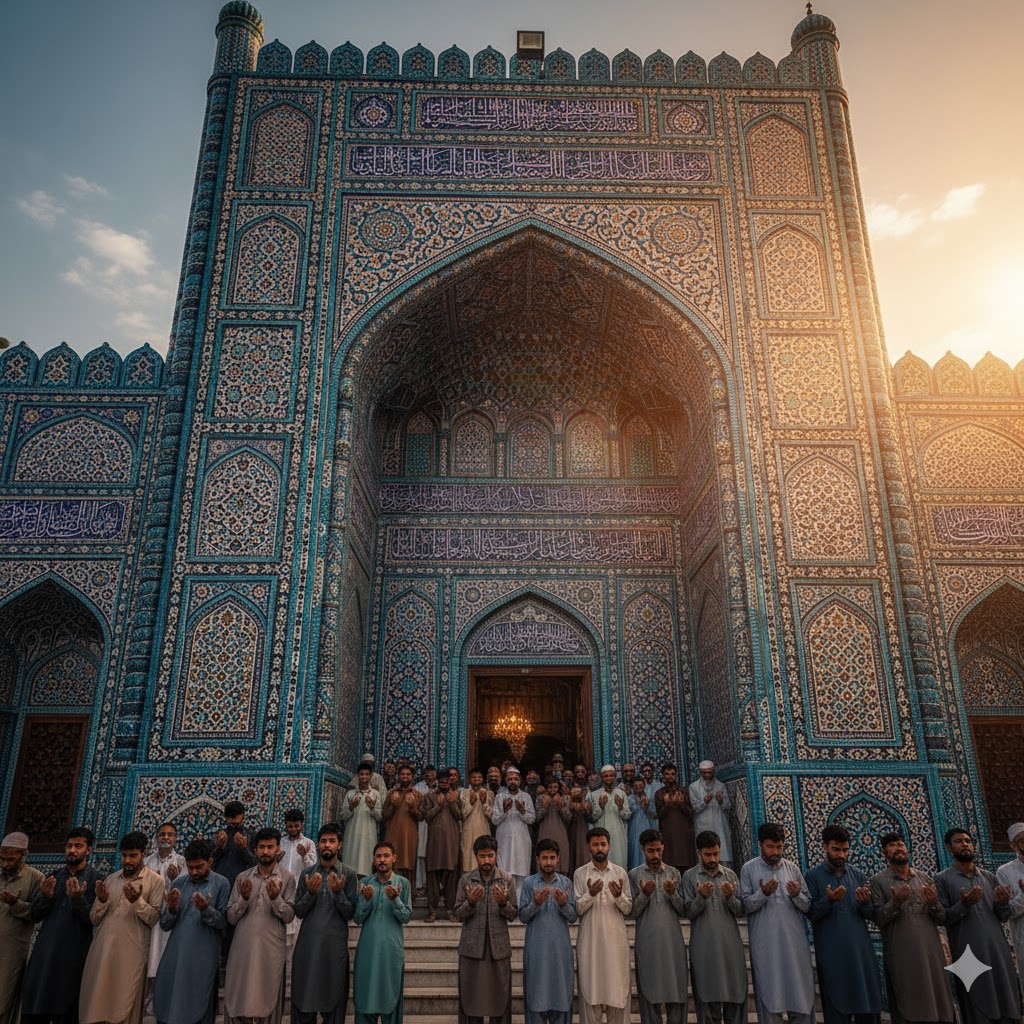
3. Shrine of Shams Tabrez – The Light of Divine Love
Situated near the old city gate, the Shrine of Hazrat Shams Tabrez honors the saint believed to have enlightened the great poet Rumi. His teachings radiate love, tolerance, and the search for divine truth through beauty.
Highlights: Distinct red-brick dome, inscriptions from Persian poetry, and spiritual chanting that continues from dawn till nightfall.
Local Tips: Evening qawwali sessions here are among the most powerful in South Punjab — carry a shawl and sit respectfully near the courtyard.
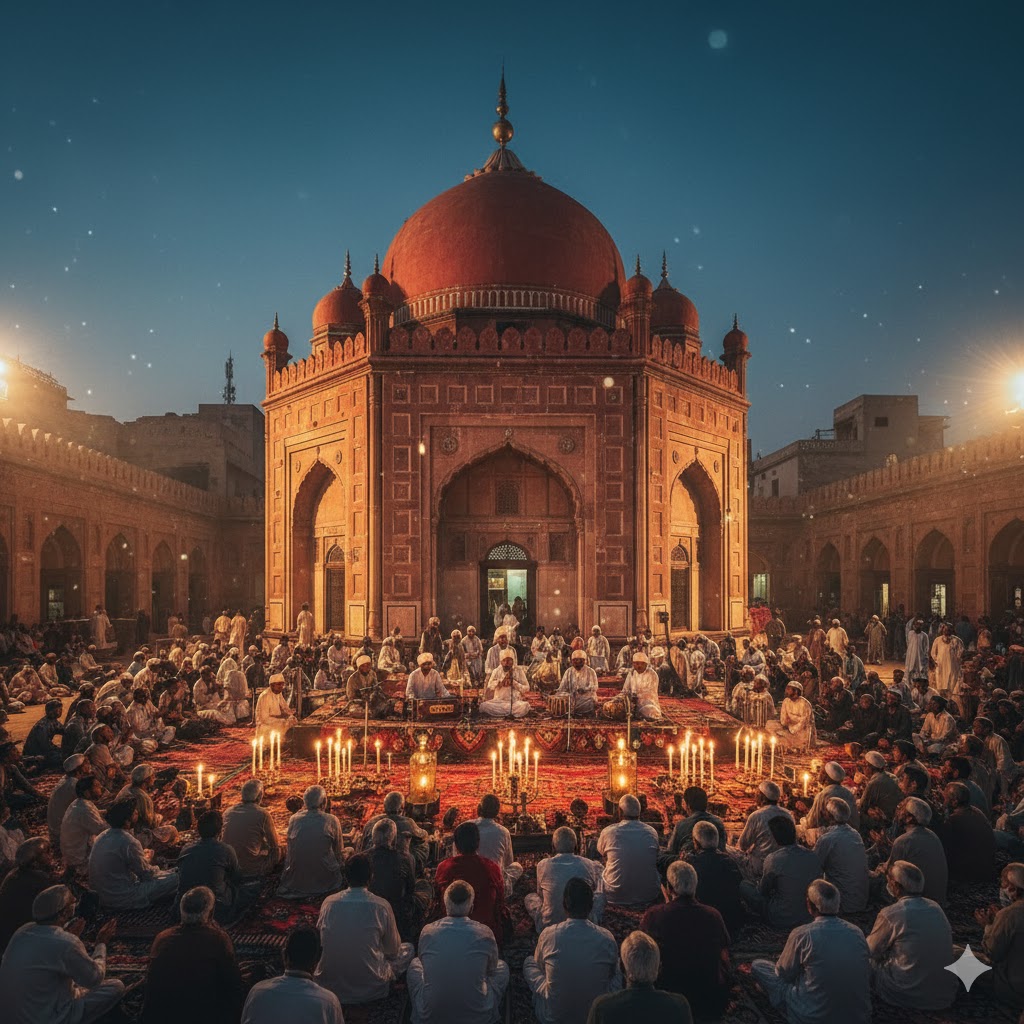
4. Eidgah Mosque – The Grand Symbol of Faith
Constructed in 1735 by Nawab Abdul Samad Khan, the Eidgah Mosque is one of the oldest and grandest mosques in Punjab. It stands as a cultural stop within the Sufi trail, where architecture, devotion, and community merge beautifully.
Architectural Highlights: Brick structure with floral frescoes, pointed arches, and expansive courtyards.
Hidden Gem: Visit during early dawn to witness the echo of morning azan blending with the city’s ancient silence.
Local Tips: Carry a scarf or cap; photography is allowed from the outer courtyard.
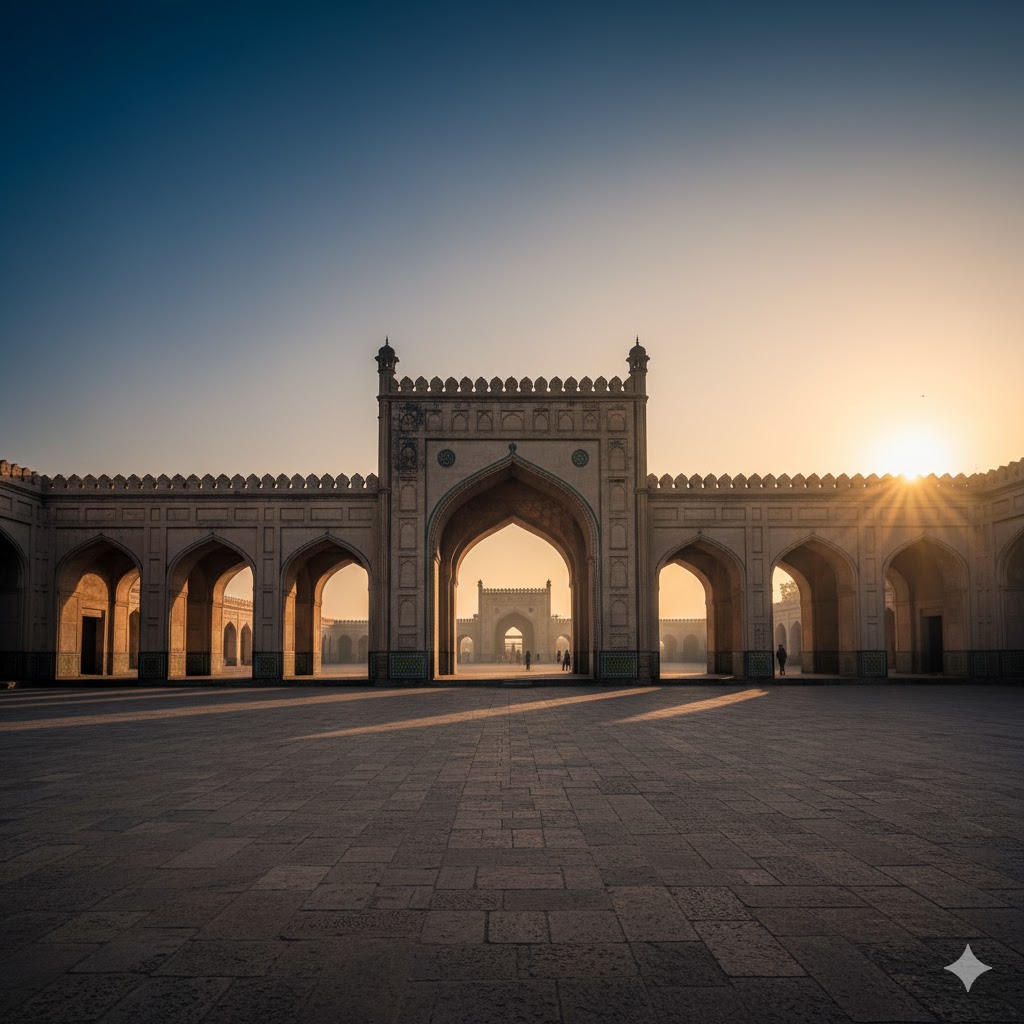
5. Multan Fort – The Spiritual Citadel
Before the shrines, there was Multan Fort, once among South Asia’s mightiest fortresses. Built strategically atop a mound overlooking the Chenab River, it served as a seat of power, faith, and art for centuries. Within its walls now stand the shrines of Shah Rukn-e-Alam and other Sufi saints — blending spirituality and defense into one sacred landscape.
Cultural Insight: Locals believe the fort’s aura protects the city itself.
Hidden Gem: The ramparts provide stunning sunset views of the shrine’s blue dome surrounded by bazaars.
Local Tips: Combine this visit with the Multan Archaeological Museum for a full historical perspective.
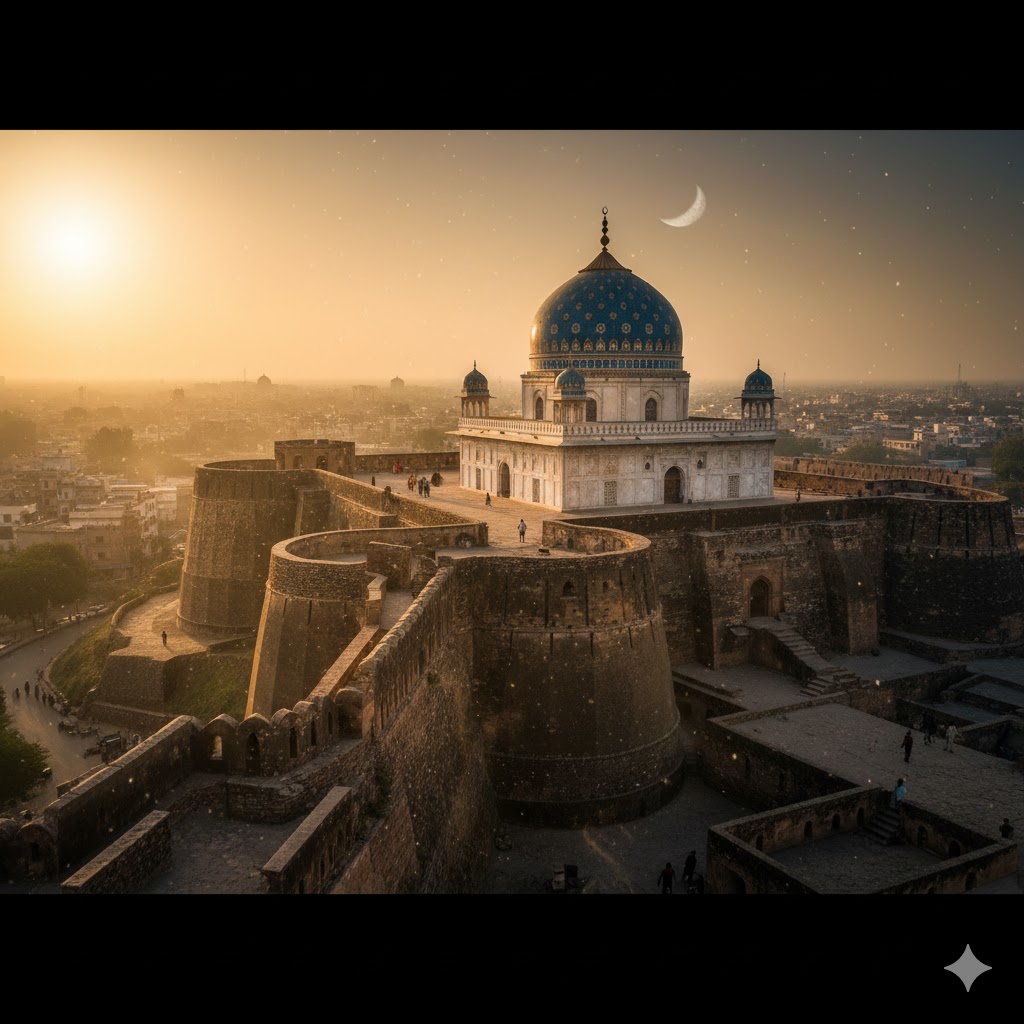
6. Hussain Agahi Bazaar – Where Spirituality Meets Commerce
A vital part of the Sufi Heritage Walk, Hussain Agahi Bazaar is the oldest marketplace in Multan, where travelers can sense devotion through everyday life. From embroidered shawls and blue pottery to hand-carved tasbeeh and Multani halwa, the market is a living gallery of cultural heritage.
Hidden Gem: Look for stalls selling ‘attar’ — natural perfumes believed to have healing spiritual energy.
Local Tips: Bargain politely; most shopkeepers share stories of their ancestral crafts linked to local saints.
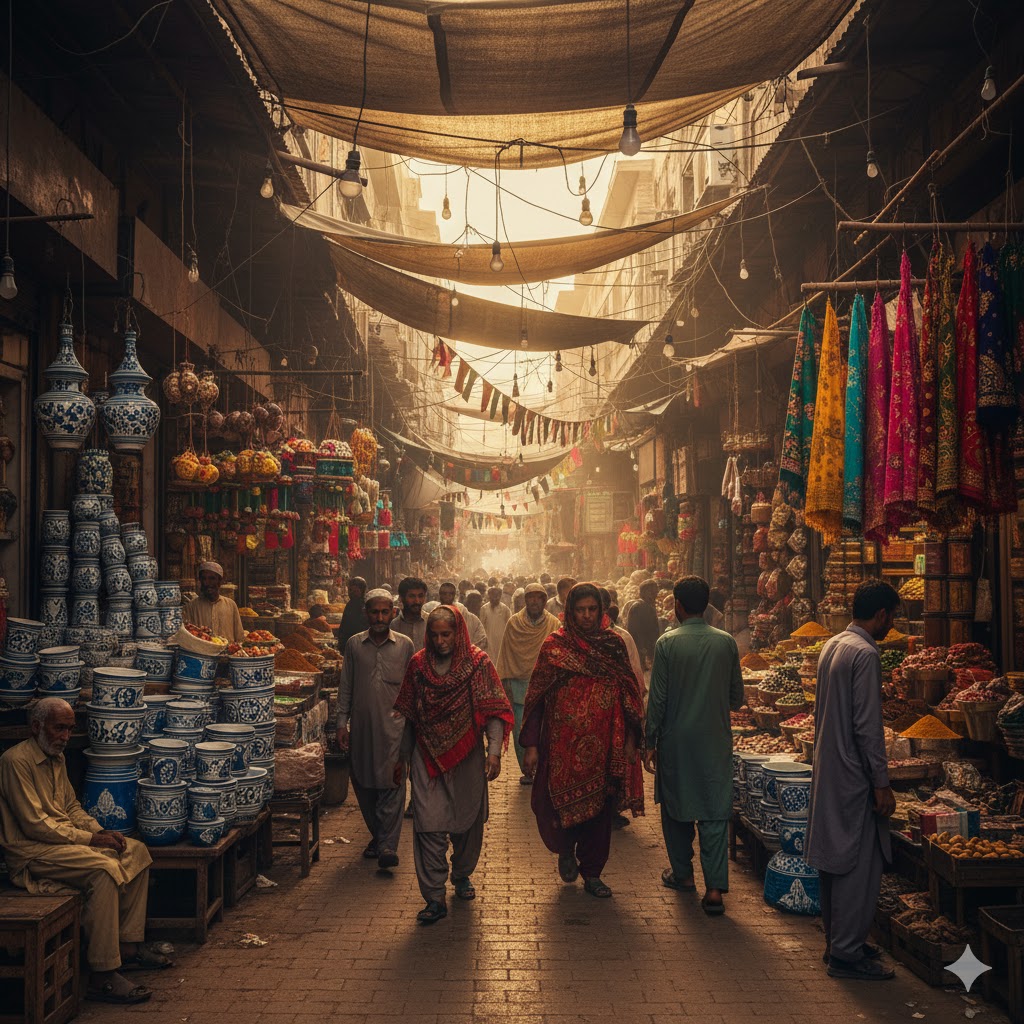
7. Qasim Bagh and Clock Tower – Colonial Echoes of Devotion
Just beside the fort stands Qasim Bagh, a historic garden that once hosted cultural fairs and poetry gatherings. The nearby Clock Tower, built during the British era, adds a layer of modern heritage to Multan’s ancient soul.
Cultural Note: Many local poets still gather here on weekends, reciting verses inspired by Sufi saints.
Local Tips: Sunset views from Qasim Bagh provide perfect photos of the shrine dome and clock tower in one frame.
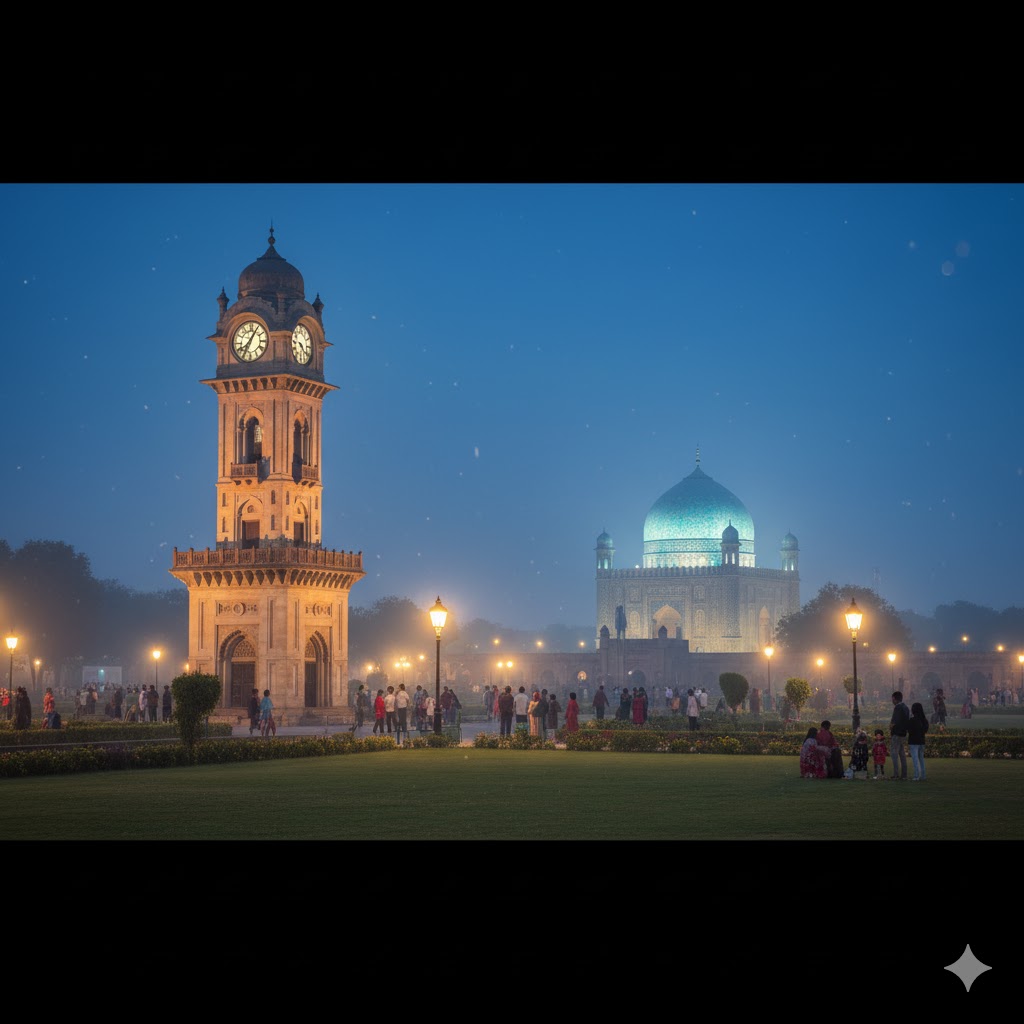
Sufi Festivals, Qawwali Nights & Living Mysticism – Multan Sufi Heritage Walks
8. Urs Festivals – Celebrating the Saints’ Eternal Union
Every year, Multan transforms into a city of light and devotion during the Urs festivals — sacred commemorations marking the saints’ union with the Divine.
The Urs of Shah Rukn-e-Alam, Bahauddin Zakariya, and Shams Tabrez draw devotees from across Pakistan and beyond. Streets bloom with banners, pilgrims chant verses, and the air fills with the deep sound of qawwali echoing through the night.
Cultural Origin: The word “Urs” means “wedding,” symbolizing the saint’s eternal union with God — a core concept in Sufism.
Highlights: Candle processions, floral offerings, folk dances, and communal langar (free food).
Hidden Gem: The nighttime qawwali courtyard of Shah Rukn-e-Alam — a sensory experience few travelers forget.
Local Tips: Bring light footwear and a headscarf; photography is allowed respectfully outside the shrines.
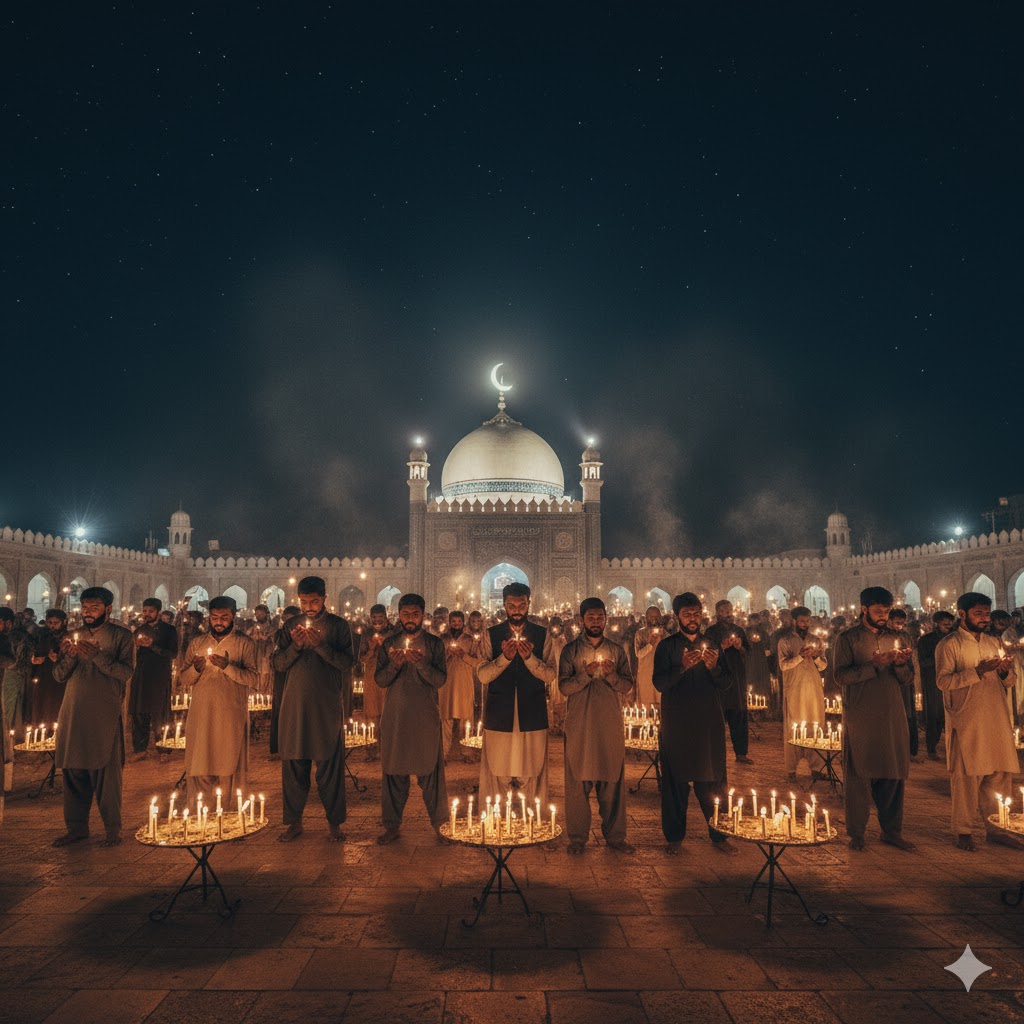
9. Qawwali Nights at Shrines – The Music of Devotion
Qawwali — the soul-stirring music of devotion — defines the essence of Multan Sufi Heritage Walks. Every evening, shrines come alive with harmoniums, tabla, and voices praising divine love.
The Shrine of Shams Tabrez hosts some of the most powerful performances, while Bahauddin Zakariya’s courtyard sees local qawwals carrying centuries of musical tradition.
Tourists often find themselves mesmerized by the rhythm, joining locals as they sway in devotion — a living art passed from saint to saint.
Cultural Note: The poetry of Amir Khusro and Shah Hussain remains the lyrical backbone of Multani qawwali.
Hidden Gem: The small side hall of Shah Rukn-e-Alam often hosts all-night Sufi poetry recitals after major Urs events.
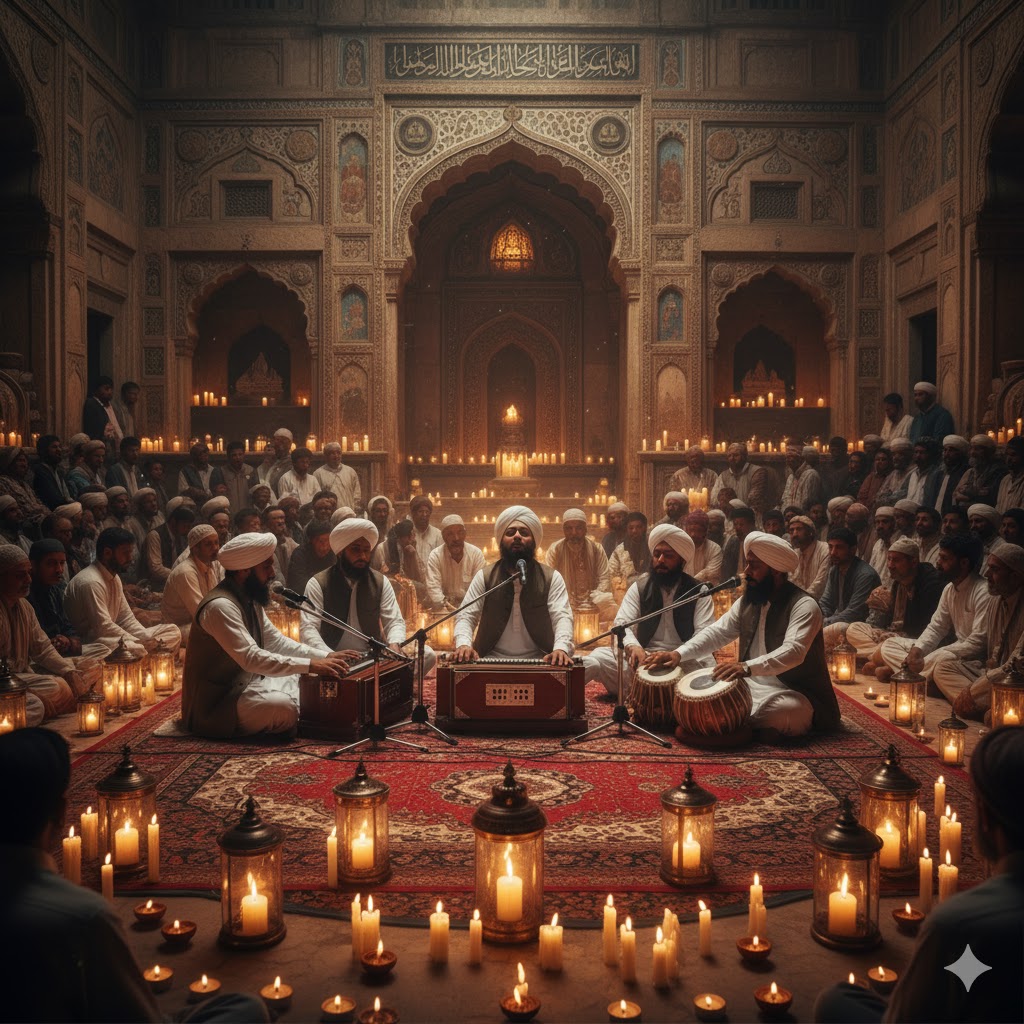
10. Multani Blue Pottery – Spiritual Art in Clay
No heritage walk is complete without exploring Multani Blue Pottery, a centuries-old craft influenced by Persian art and Islamic geometry. The artisans believe that every stroke carries spiritual significance, transforming clay into devotion.
Cultural Insight: The cobalt blue color represents divine infinity — a recurring Sufi symbol.
Hidden Gem: Visit small workshops in Hussain Agahi or near Bohar Gate to meet families who have practiced this art for over 300 years.
Local Tips: Ask for pieces signed by the artisan — they hold greater authenticity and storytelling value.
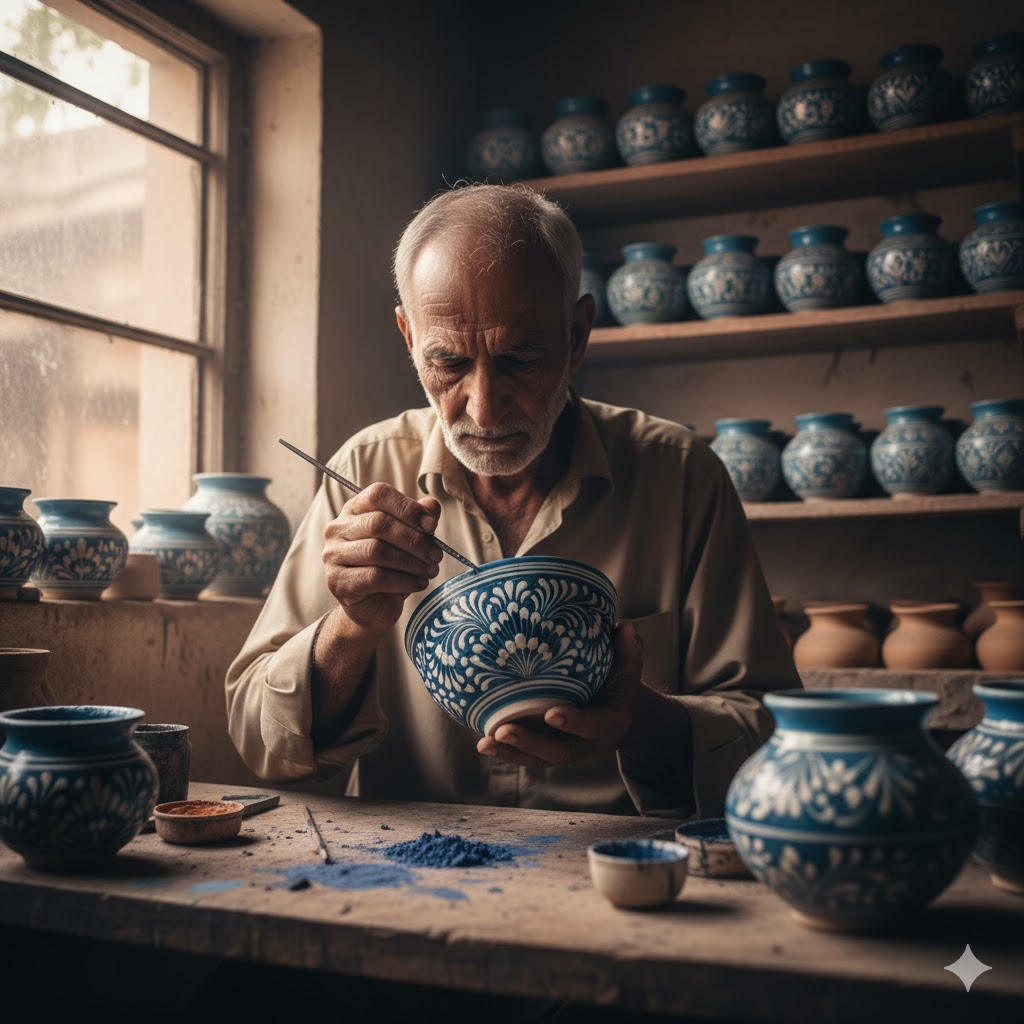
11. Sufi Calligraphy & Illumination Art
Multan is also home to Sufi calligraphers whose hands translate devotion into divine script. Many operate quietly within shrines or old studios, using reed pens and natural dyes to produce artwork that celebrates the names of God and His beloveds.
Highlights: Quranic inscriptions, Persian verses, and gold-leaf embellishments that adorn mosque walls and manuscripts.
Hidden Gem: The calligraphy section inside the Multan Arts Council regularly displays masterpieces by contemporary Sufi artists.
Local Tips: Fridays are ideal for observing artists at work; avoid flash photography.
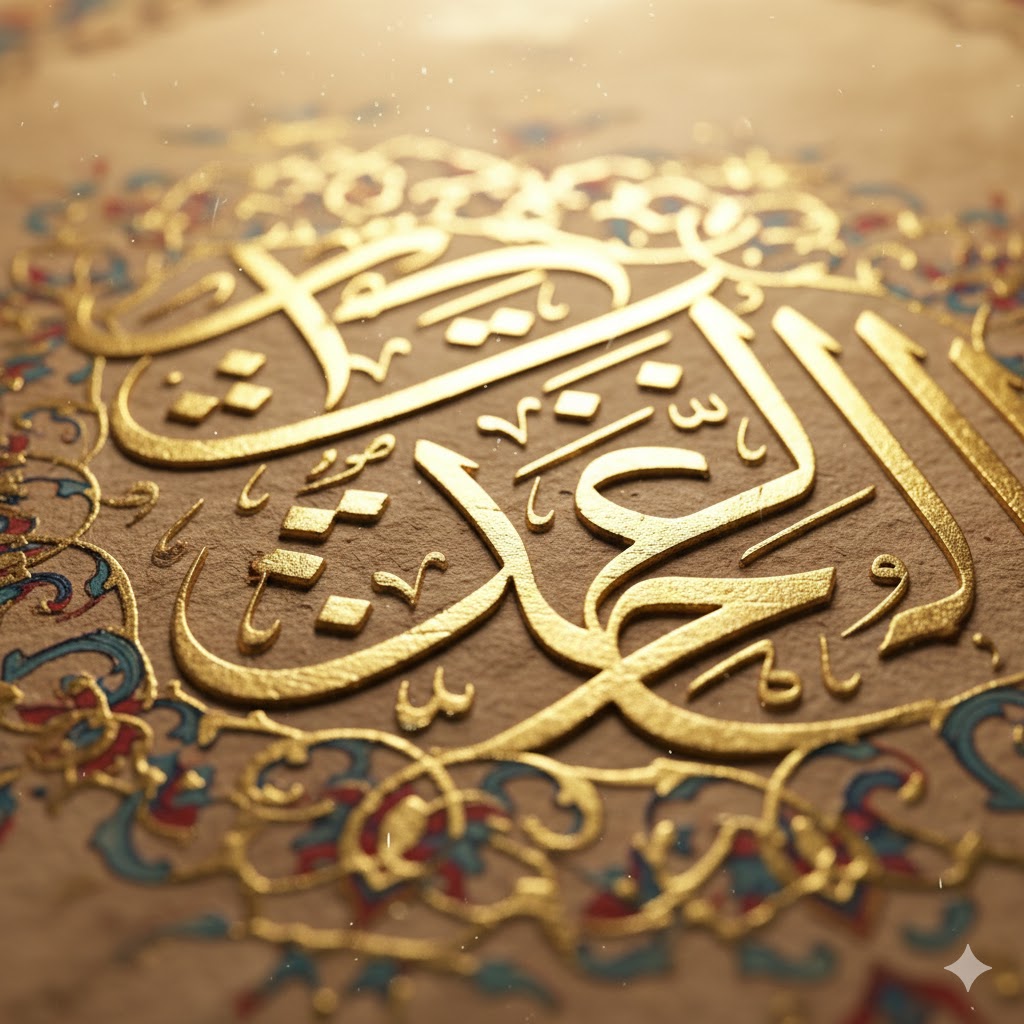
12. Langar Tradition – The Feast of Equality
Every major shrine in Multan continues the age-old Sufi tradition of Langar, the free communal meal open to all — regardless of background or belief.
This practice reflects the Sufi values of humility and unity, where feeding others is seen as feeding the soul.
Cultural Note: During Urs festivals, volunteers serve lentil curry, flatbread, and sweet rice in massive cauldrons, embodying the saints’ message of universal compassion.
Hidden Gem: At Shah Rukn-e-Alam’s shrine, the “langar khana” (kitchen) has been active for over 700 years.
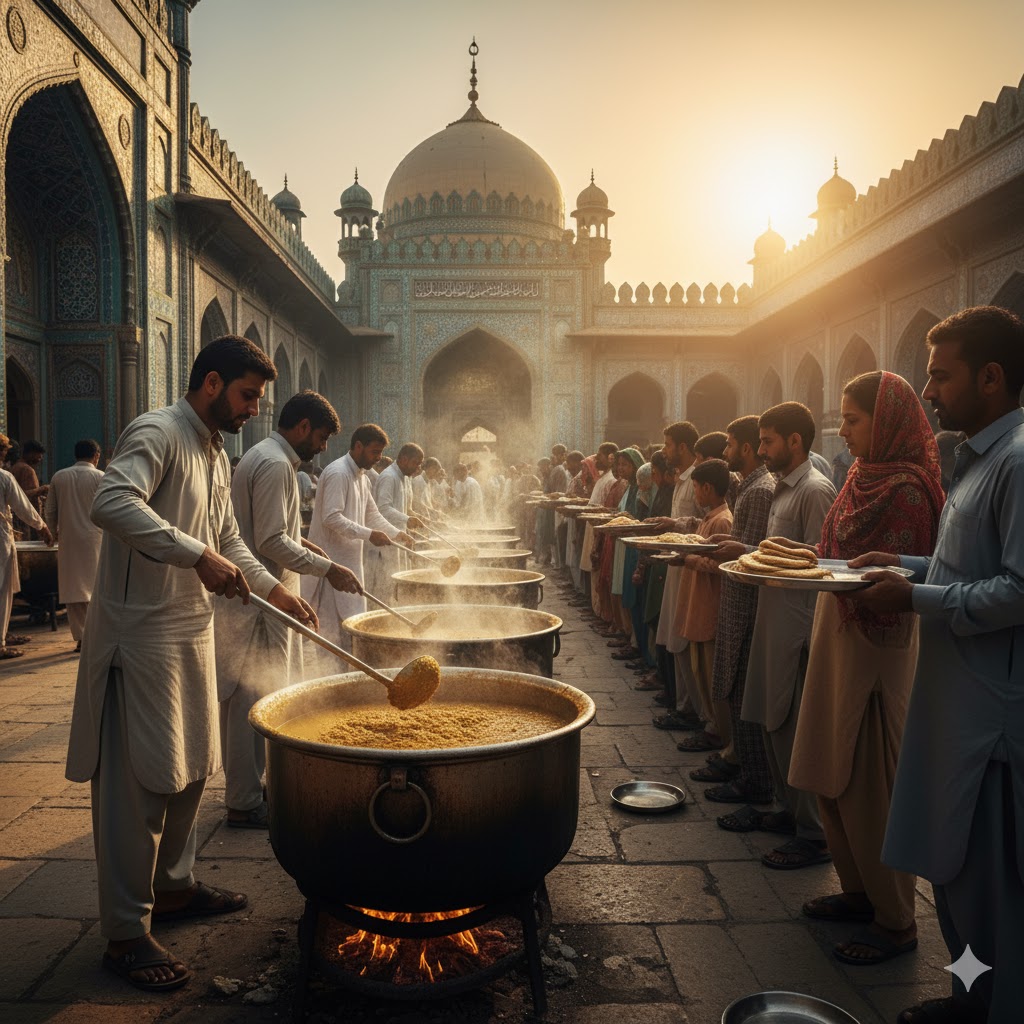
13. The Qasim Bagh Qawwali Fair – Sufi Music for All
Each spring, the Qasim Bagh Qawwali Festival brings together musicians from across Punjab and Sindh, transforming the fort area into a grand open-air concert.
Under the stars, performers echo verses of Rumi and Bulleh Shah — a celebration where even first-time travelers feel spiritually connected.
Highlights: Youth qawwali contests, dhol sessions, and local food stalls selling Multani halwa and falooda.
Hidden Gem: The backstage areas are often open for visitors to meet the artists and learn about instruments like harmonium and tabla.
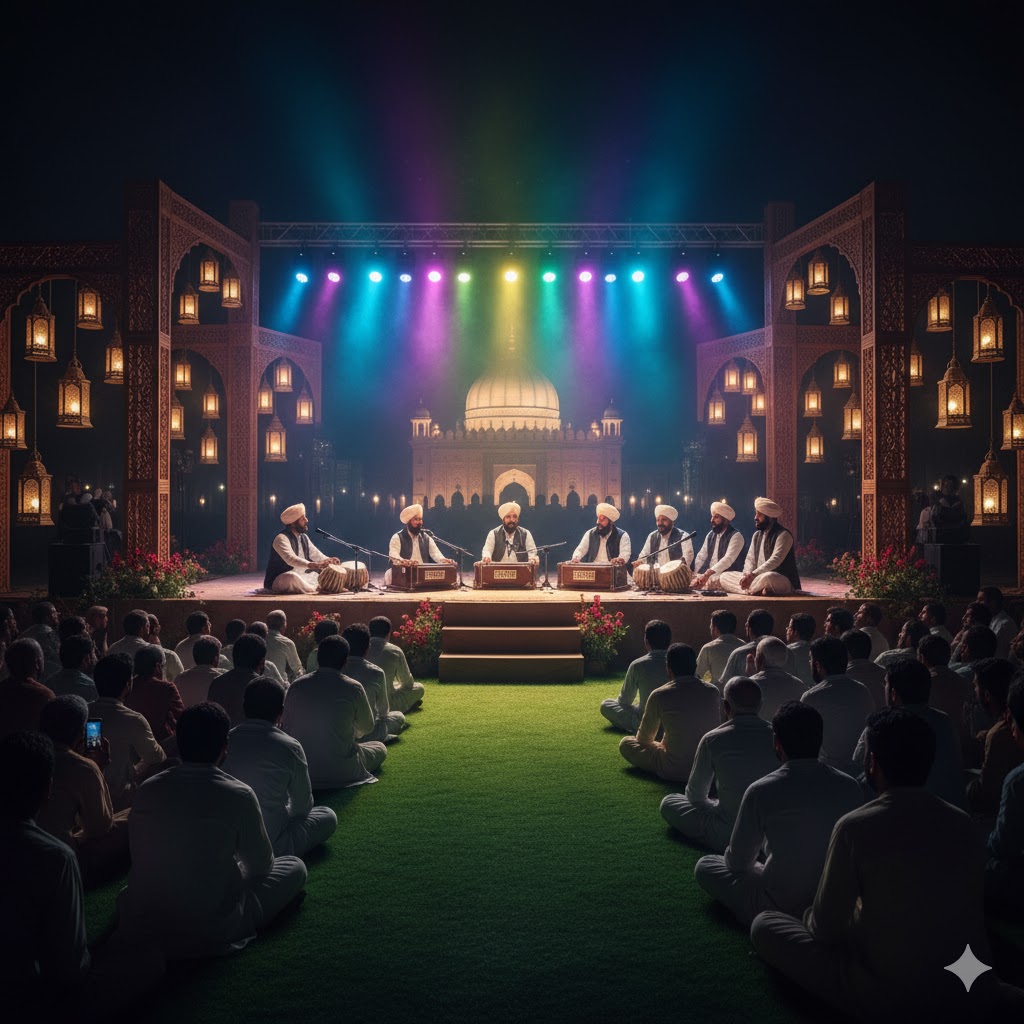
14. The Artisan’s Lane – Multan’s Living Craft Corridor
Between Bohar Gate and Delhi Gate, travelers will find narrow alleys filled with craftsmen — metal engravers, tile artists, weavers, and woodcarvers. This stretch, locally called “Karigar Gali”, forms an integral stop of the Multan Sufi Heritage Walks.
Cultural Insight: Many artisans begin their day with a small prayer at nearby shrines, believing their craft is a form of spiritual offering.
Hidden Gem: A few workshops still use natural pigments made from lapis lazuli, once reserved for shrine decoration.
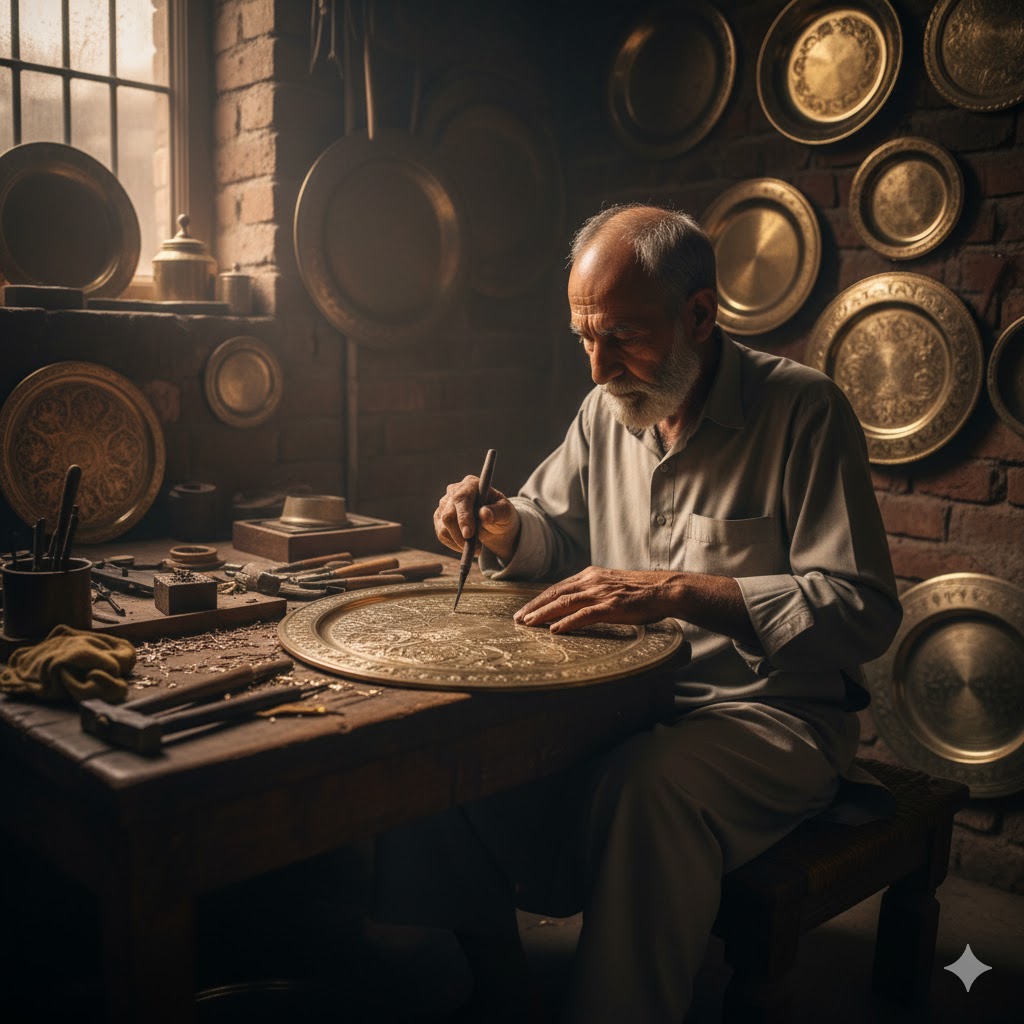
15. Evening Reflections at Old City Rooftops
End your day on one of Multan’s rooftop cafés or terraces, where the domes of shrines glow like constellations. The sound of distant qawwali and the aroma of spiced tea blend into a mystical calm that defines the city’s true essence.
Local Tips: Try “Multani Sohan Halwa” with green tea while overlooking Shah Rukn-e-Alam’s illuminated dome.
Hidden Gem: Rooftop views from old havelis near Fort Gate offer the best panoramic shots of the spiritual skyline.
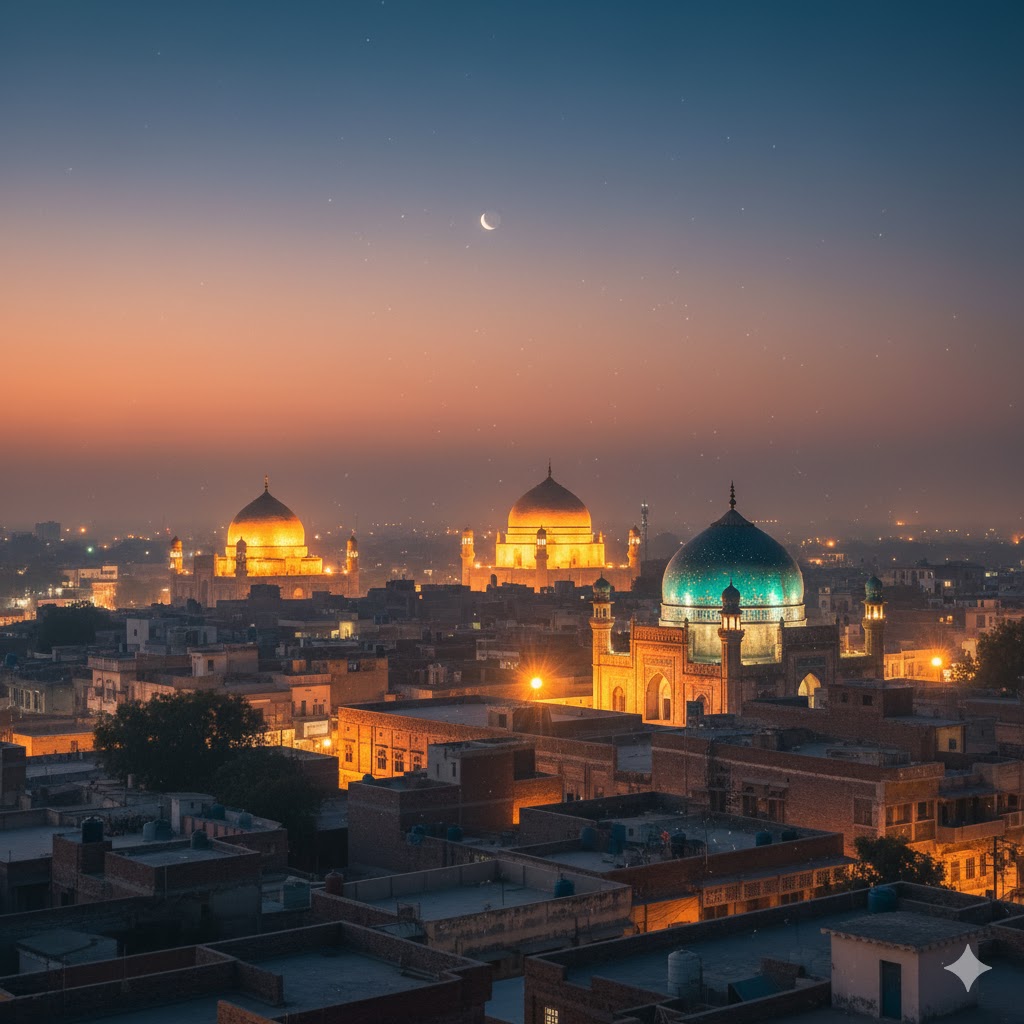
Exploring Shrines, Music, and Local Life – Multan Sufi Heritage Walks
7. Shrine of Shah Shams Tabrez: The Saint of Light
Among the most spiritually powerful places in Multan, the Shrine of Shah Shams Tabrez stands just south of the old city near Aam Khas Bagh. Shah Shams was a 13th-century mystic, a luminary known for spreading divine love and tolerance through poetry and teaching. His shrine, built with glazed tiles and intricate engravings, is a serene yet bustling hub where thousands gather, especially during the annual Urs festival.
During the Urs, the atmosphere around the shrine is almost celestial — drummers beat the dhol, devotees perform dhamaal (spiritual dance), and lanterns light the night. It’s a celebration of divine unity, where class, caste, and color dissolve. Many locals believe that visiting Shah Shams’ shrine grants clarity and emotional healing.
Local Tip: Visit early morning or during sunset when qawwals begin reciting verses of Rumi and Shah Shams. Avoid Friday noon rush if you prefer silence and photography.
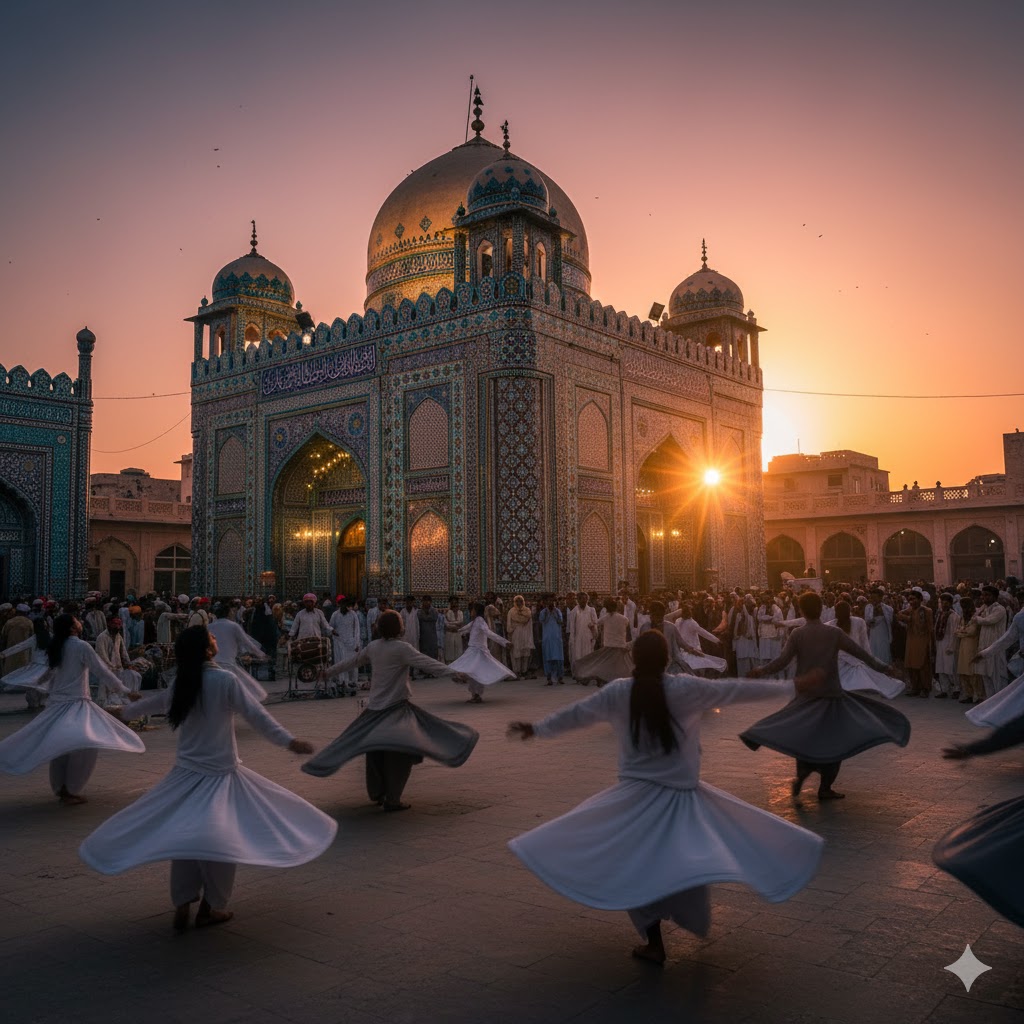
8. The Sufi Music Legacy: Qawwali Nights & Courtyard Gatherings
Sufism in Multan is not confined to the shrines — it’s embedded in sound, rhythm, and poetry. Every Thursday night, courtyards near Ghanta Ghar and the old Hussain Agahi Bazaar echo with soulful qawwali sessions. Young disciples of families linked to Nusrat Fateh Ali Khan’s lineage still carry forward the tradition of raags and qasidas devoted to saints like Bahauddin Zakariya and Shah Rukn-e-Alam.
Local families often host these gatherings under open skies, where harmoniums, tablas, and passionate voices merge into what locals call “Ishq ka sama” — the environment of love.
Traveler’s Experience: Foreign travelers are often invited to sit cross-legged, sip sweet chai, and join in clapping during these gatherings. These nights represent Sufism’s truest form — unity, music, and surrender.
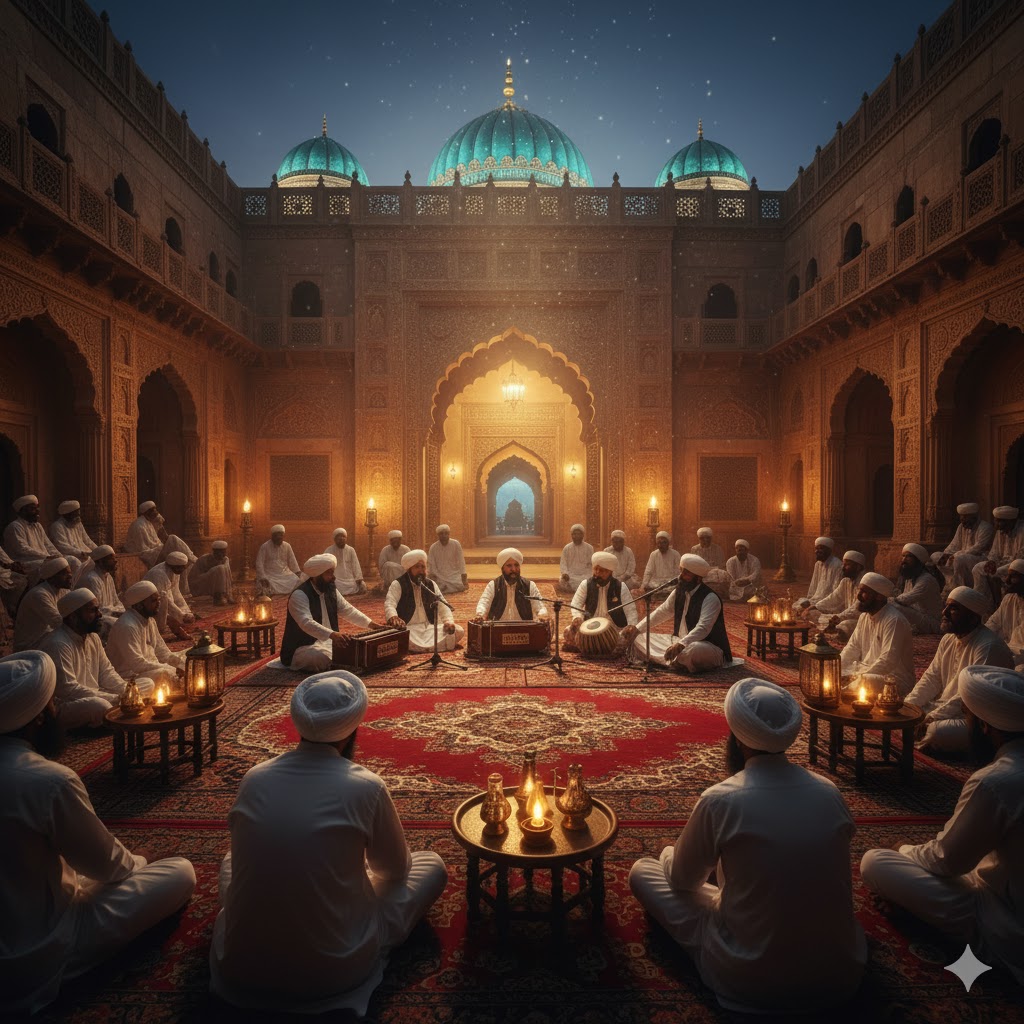
9. The Old City Heritage Walk: From Ghanta Ghar to Haram Gate
No Sufi journey in Multan is complete without exploring the Old Walled City, starting at Ghanta Ghar (Clock Tower) and winding through Bohar Gate, Haram Gate, and Hussain Agahi Bazaar. This walk showcases the essence of Multani culture — handmade ajrak, blue pottery, embroidered caps, and the fragrance of sohan halwa from century-old sweet shops.
The narrow alleys hide several minor shrines and ancient mosques — like Masjid Ali Muhammad Khan, with Persian calligraphy on its walls, and Shrine of Hafiz Jamal, a spiritual poet often overshadowed by bigger names.
Local Tip: Join a guided heritage walk organized by the Multan Tourism & Development Corporation (TDCP) on Fridays or Saturdays. They usually begin around 4 PM to end with the evening azaan echoing through the walled city.
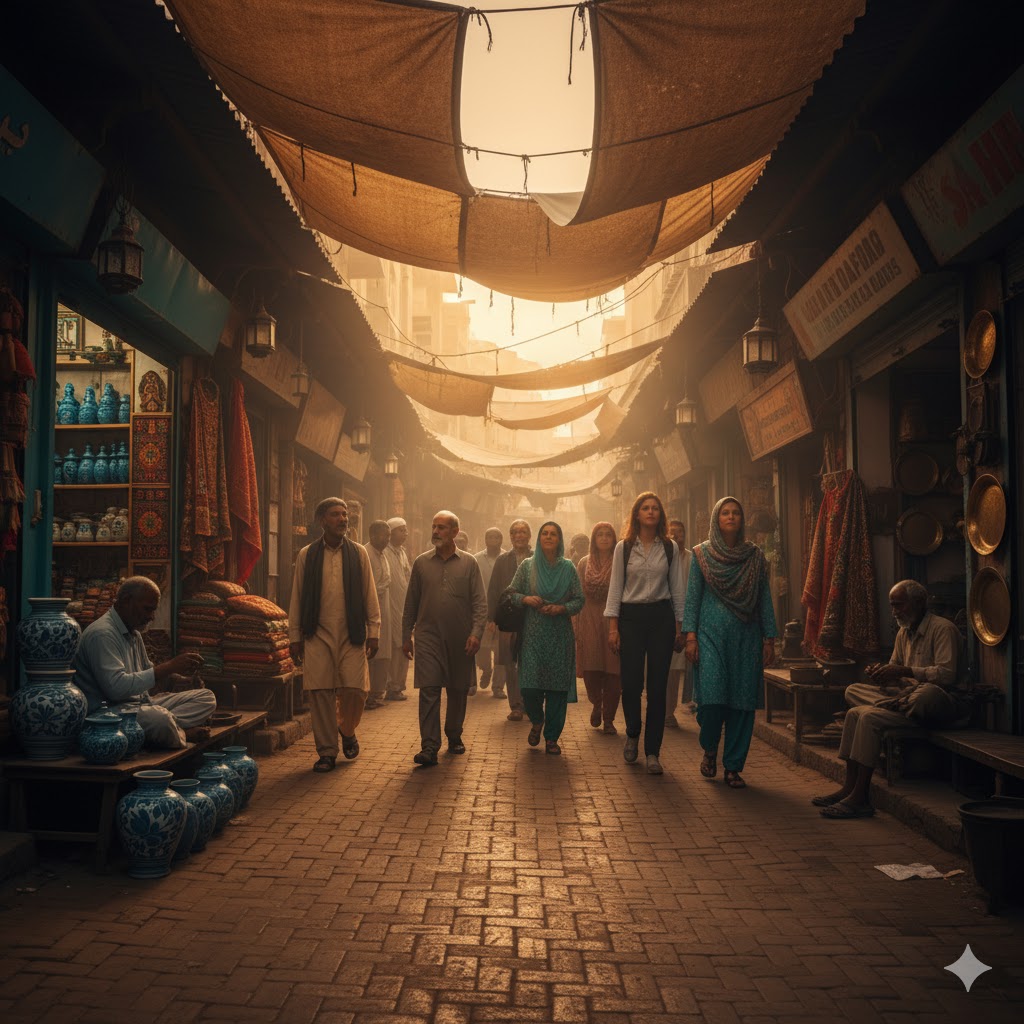
10. Blue Pottery, Handicrafts & Sufi Art
Multan’s spiritual heritage extends beyond the shrines into art and craft. Blue pottery, with its vibrant cobalt hues, represents the city’s spiritual symbolism — blue being the color of the infinite. Workshops near Hussain Agahi and Shah Gardez Road are open for tourists where you can see artisans handcrafting glazed tiles inspired by Sufi geometry and floral motifs found on tombs.
Some local artists paint verses of Rumi and Bulleh Shah onto pottery, merging mysticism with aesthetics. Purchasing directly from artisans supports local families and keeps centuries-old traditions alive.
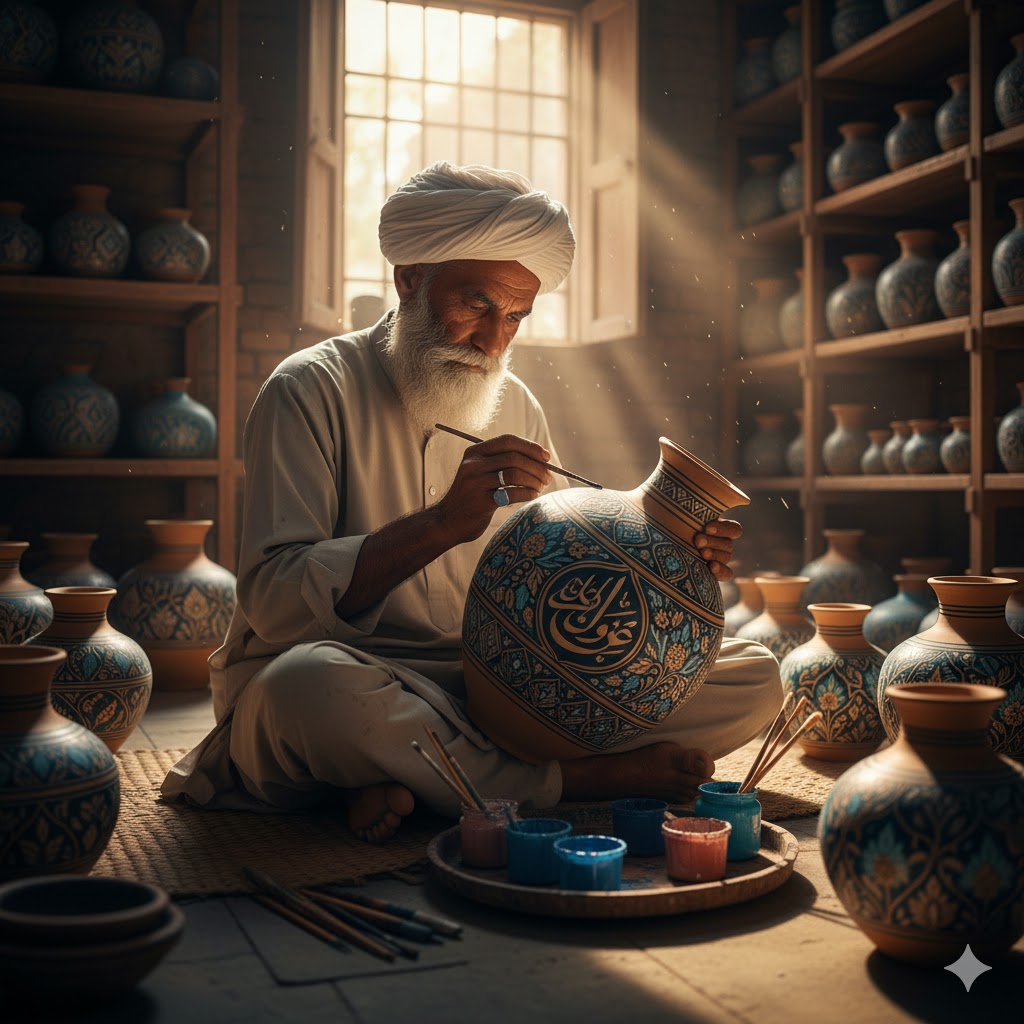
11. Local Sufi Cuisine: A Taste of Tradition
Sufi gatherings are always followed by communal meals — symbolizing equality. Around Haram Gate, langar khanas distribute free lentil curry and naan daily. For travelers, this is both a cultural and spiritual experience — eating shoulder-to-shoulder with locals in gratitude.
Nearby restaurants serve Multani classics like siri paye, chakna, and multani halwa. Kacha Pakka Dera near Shah Rukn-e-Alam’s shrine is a favorite spot for evening tea with parathas.
Traveler’s Tip: Always cover your head while entering langar areas and offer a prayer before eating; it’s a mark of respect.
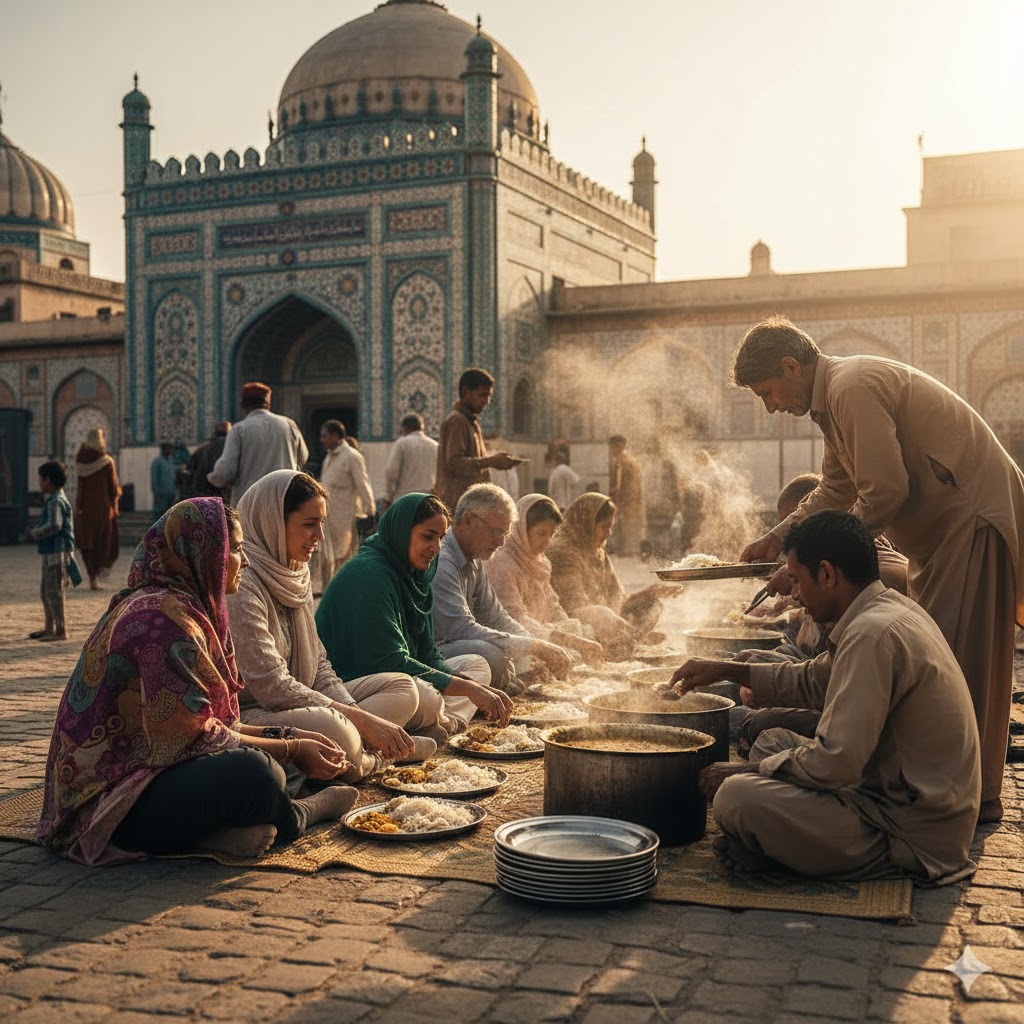
12. Photography, Storytelling & Documenting Sufi Life
Sufi life in Multan offers a visual feast for photographers and filmmakers. From whirling dervishes at night to rays of dawn filtering through the shrine’s lattice windows — every corner tells a story. The best time for photography is the golden hour at Shah Rukn-e-Alam or Bibi Pak Daman’s shrine when devotion meets serenity.
Several cultural organizations encourage foreign visitors to document the Sufi lifestyle through photo essays and short documentaries — an initiative to showcase Pakistan’s peaceful spiritual side.
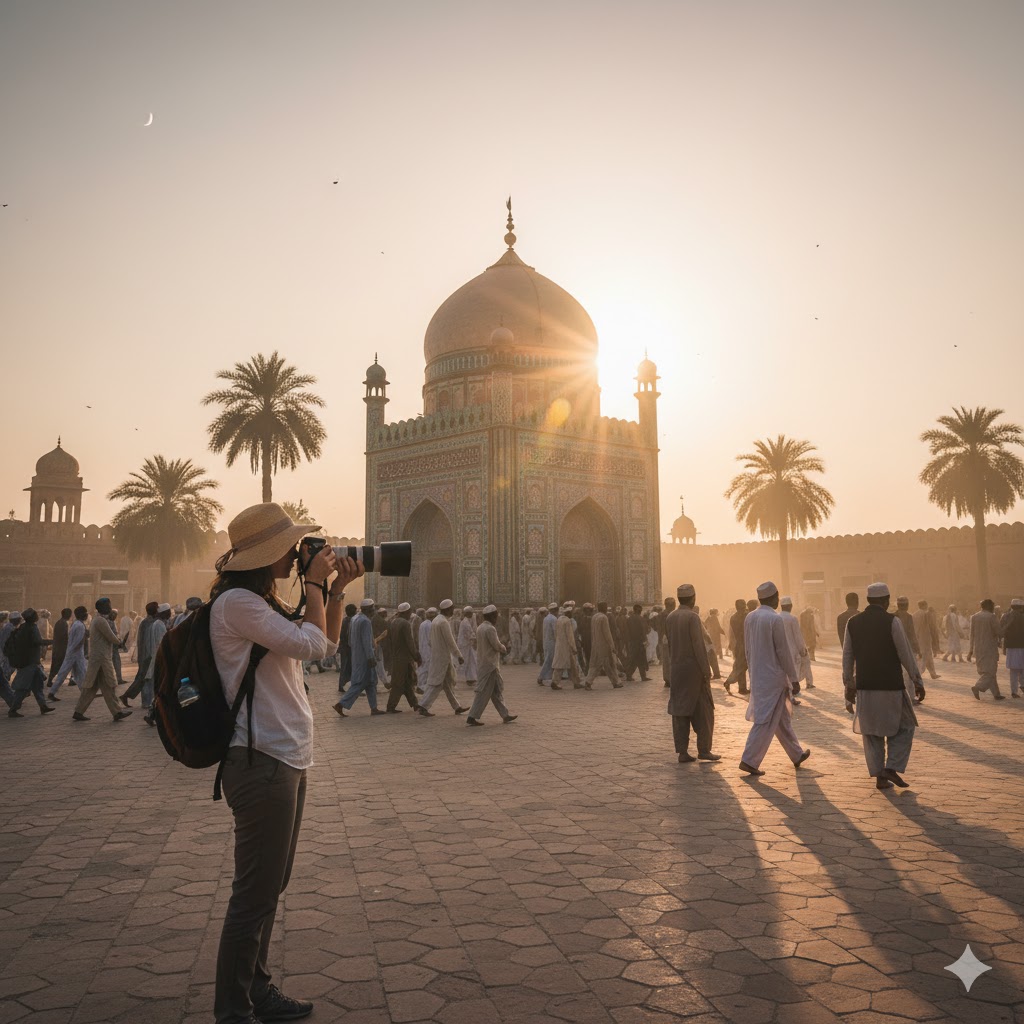
13. Sufi Urs Festivals: Multan’s Eternal Celebration of Devotion
Every year, the city of Multan transforms into a living poem of faith during its Urs festivals — celebrations marking the anniversaries of the great saints’ union with the Divine. These festivals are not mere religious events; they are living cultural phenomena uniting pilgrims, musicians, and travelers from all corners of Pakistan and beyond.
Major Urs Events:
- Urs of Shah Rukn-e-Alam (Rabi’ al-Awwal): The most attended festival in Multan, featuring qawwali performances, traditional food stalls, and sufi processions. The entire city bathes in green and white banners.
- Urs of Bahauddin Zakariya (Safar): Attracts thousands of devotees, with spiritual lectures, langar, and candle-lighting ceremonies.
- Urs of Shah Shams Tabrez (Dhul-Qa’dah): Famous for its dhamaal nights and vibrant cultural shows.
Visitors are often stunned by the diversity — men and women from Sindh, Balochistan, and Punjab all gather under the same spiritual umbrella.
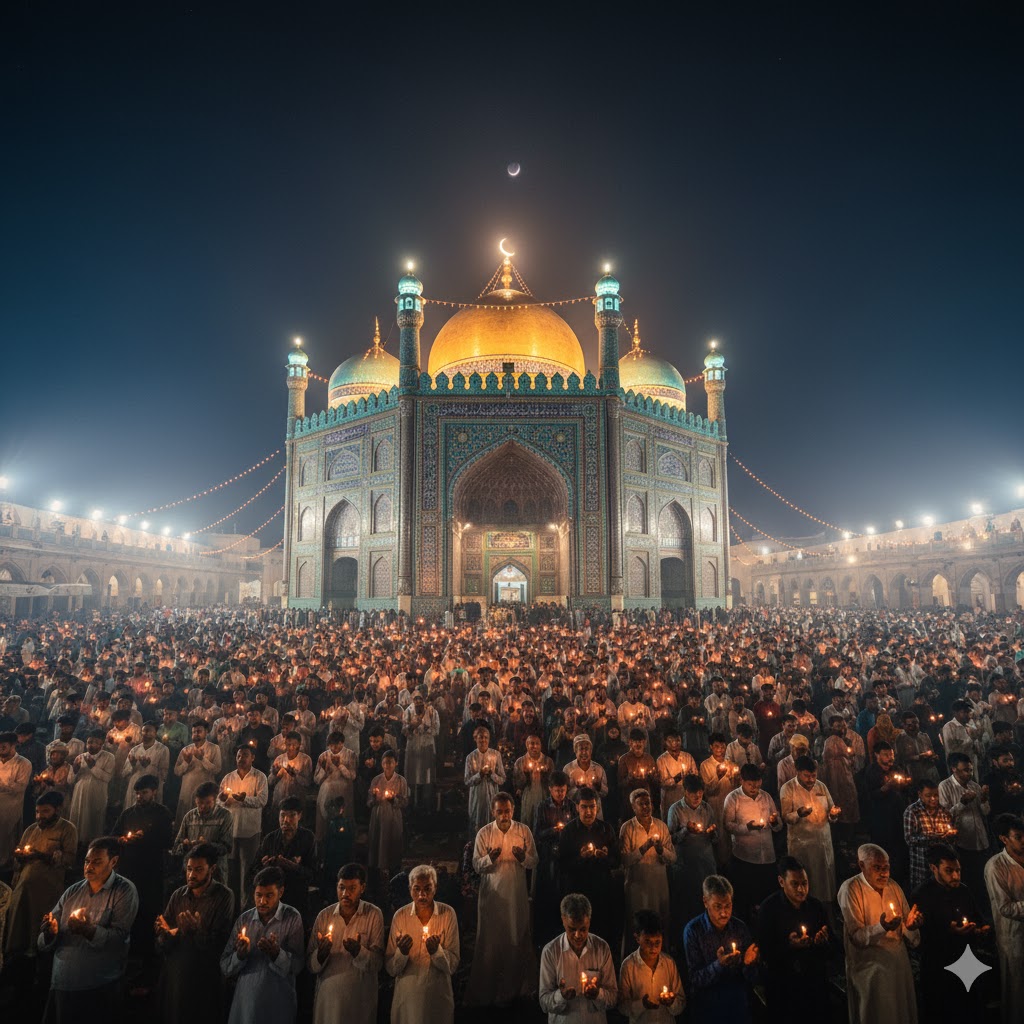
14. The Sufi Circuit: Linking Shrines Across Punjab
Multan is often referred to as the “Mother of South Asian Sufism”, but it also connects to a broader circuit — stretching from Uch Sharif to Pakpattan, and further north to Lahore. Many spiritual travelers begin in Multan and continue their journey to Data Darbar in Lahore or Baba Farid’s Shrine in Pakpattan.
This route, sometimes called the Sufi Trail of Punjab, offers an incredible journey through Pakistan’s living spirituality. It’s an unforgettable route for those who wish to explore beyond physical architecture — to experience devotion itself.
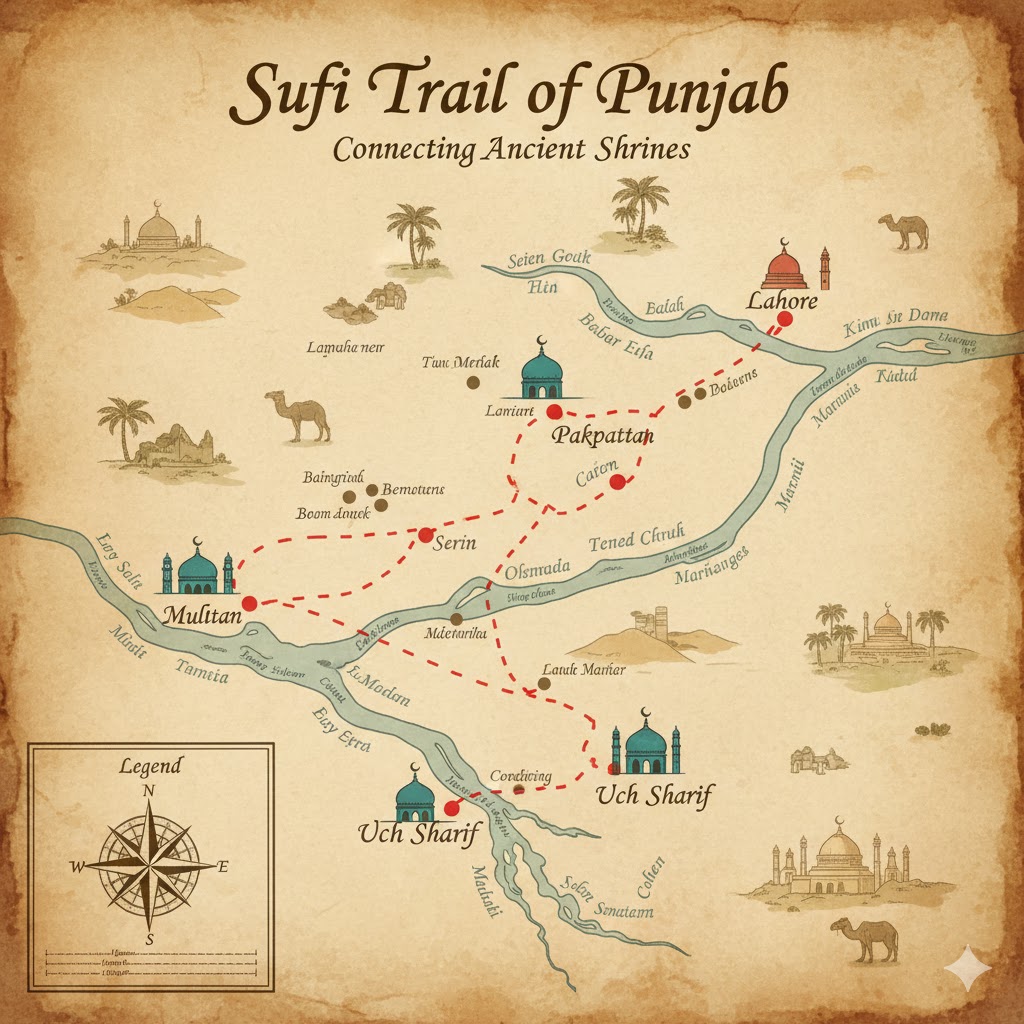
15. Responsible Tourism & Cultural Etiquette
While exploring Multan’s sacred spaces, travelers are encouraged to maintain respect for local customs:
- Always remove shoes before entering shrines.
- Dress modestly, covering shoulders and knees.
- Avoid intrusive photography during prayers.
- Support local guides and artisans rather than mass-market souvenirs.
Responsible travel ensures these sacred spaces remain authentic for generations.
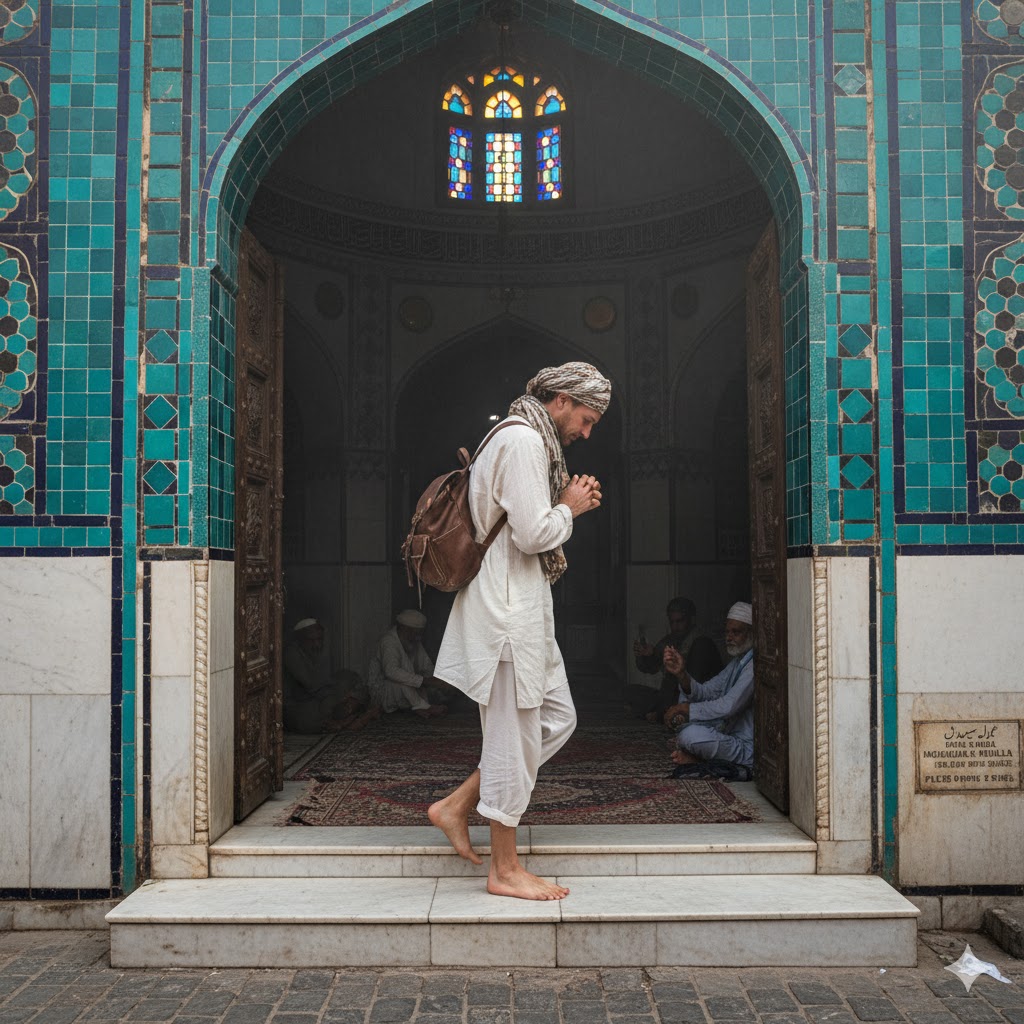
References:
- Continue your cultural journey through Southern Punjab’s Cultural Attractions to discover more hidden spiritual and architectural treasures beyond Multan.
- Explore the royal architecture and heritage of Lahore Sufi Heritage Walks 2026 Mystic Soul — an essential stop for any traveler exploring Sufi Punjab.
Sources:
- Official information about Urs events and shrine timings available at Tourism Development Corporation of Punjab (TDCP).
- For academic background on Sufism in South Asia, visit the UNESCO Intangible Cultural Heritage Database.
FAQs — Multan Sufi Heritage Walks
Q1. What is the best time to visit Multan for Sufi walks?
Between October and March — cooler weather and the timing of Urs festivals make this ideal for travelers and photographers.
Q2. Do I need special permission to visit shrines?
No, shrines are open to all visitors, though photography may be restricted during prayer hours.
Q3. How long does the heritage walk take?
The main Sufi circuit in Multan takes 4–6 hours, covering Ghanta Ghar, Shah Rukn-e-Alam, and Shah Shams Tabrez shrines.
Q4. Can women participate in Sufi festivals?
Absolutely. Women often participate in Urs celebrations and langar meals, but modest dress is essential.
Q5. Are there English-speaking guides available?
Yes, TDCP offers trained guides fluent in English and Urdu.
Q6. Is photography allowed inside the shrines?
Limited photography is permitted, but always ask for consent before capturing devotees.
Q7. What souvenirs should I buy in Multan?
Blue pottery, Multani khussa shoes, Ajrak, and handmade tasbeeh (prayer beads) are popular choices.
Q8. What food should travelers try near the shrines?
Taste sohan halwa, lassi, and langar lentil curry — all local favorites with deep spiritual symbolism.
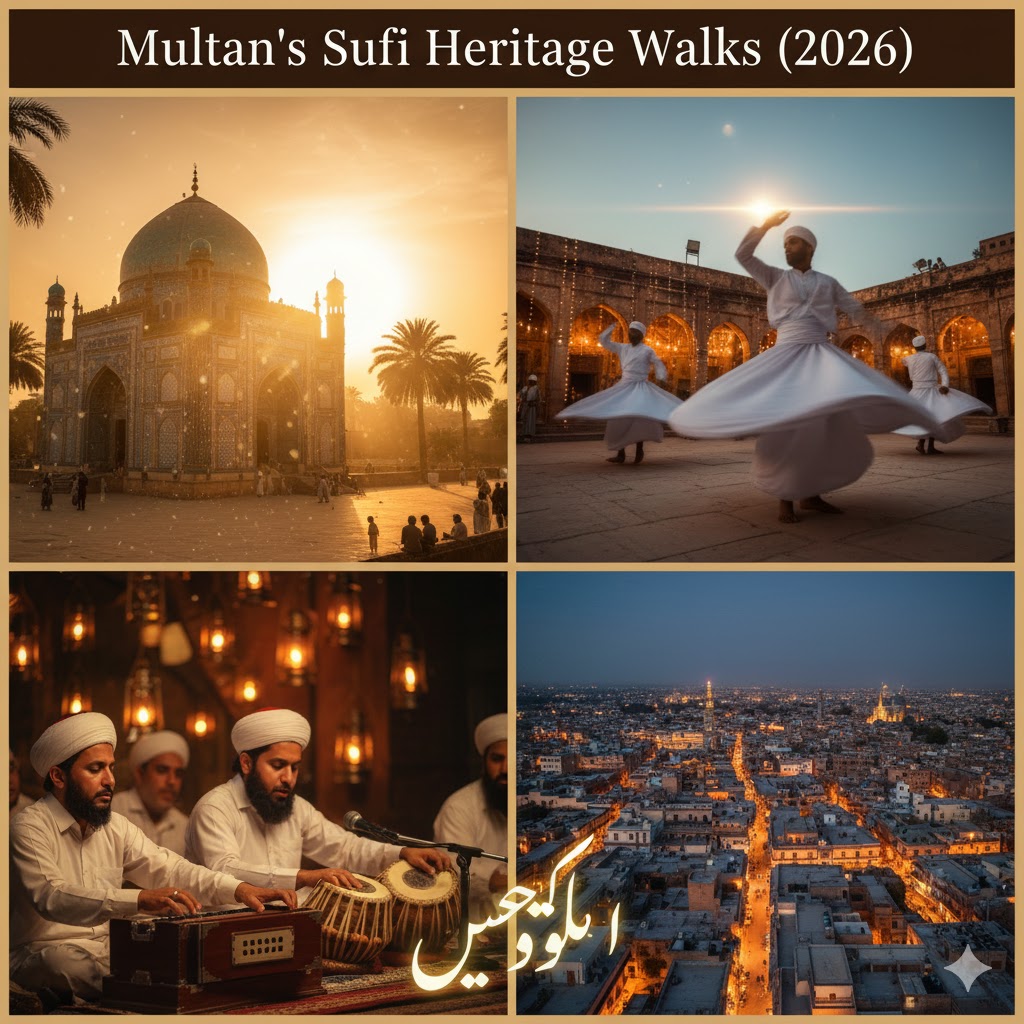
18. Conclusion — Where Faith Meets the Soul of a City
Multan Sufi Heritage Walks are not just tours — they are soulful pilgrimages through centuries of devotion, poetry, and art. Each shrine whispers verses of love; every street hums with mystic rhythm. For travelers seeking both peace and understanding, Multan is the gateway to Pakistan’s spiritual heart.

